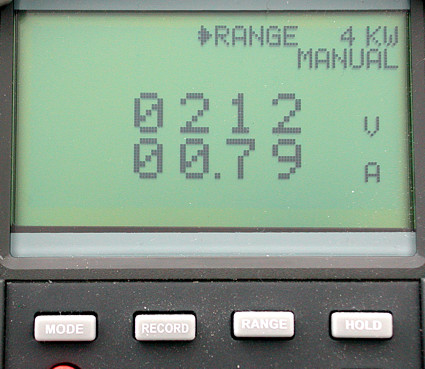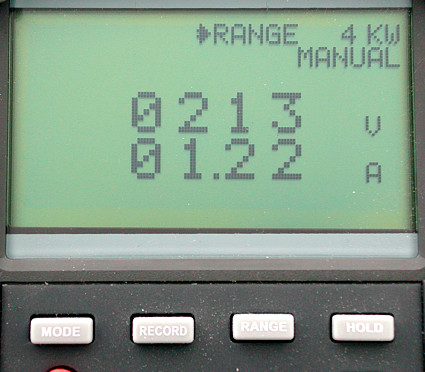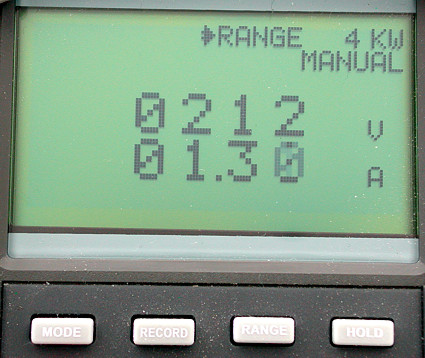Intel's Core 2 Quadro Kentsfield: Four Cores on a Rampage
Platforms: Intel 965 And 975X
You need a recent motherboard to run either Core 2 Duo or Core 2 Quadro. It needs to be a 965 or 975X chipset, or a model based on Nvidia's nForce 500 chipset series for Intel processors. Currently, mobo-makers are working full-speed on adapting the BIOS versions to support the quad cores; some can already be downloaded on the companies' Websites. In the Tom's Hardware Guide test lab of our German branch, the Gigabyte GA-965P-DQ6, which is based on the 965 chipset, was used. This product currently retails for approximately $250. The board is designed for an FSB speed of up to 333 MHz (FSB1333) and thus should not become outdated right away. Compared with the Asus P5B Deluxe, the board is a tad faster in terms of memory throughput, but it does not have much impact on everyday performance. Intel offers the P965LTCK, which is not yet available in stores.
The Gigabyte GA-965P-DQ6 is ready to handle the Core 2 Quadro. Most other P965 motherboards should be ready, too. We recommend to double-check on the manufacturer's Website.
Power Consumption: Core 2 Duo Vs. Quadro Vs. Pentium EE
A look at past Tom's Hardware Guide tests of Core 2 processors might lead one to assume that the Core 2 Quadro would consume double the power. While the Core 2 Duo registers a maximum power consumption of 65 W with a supply voltage of 1.3 V, it follows that two such chips should consume up to 130 W of power. The test results show that the test platform consumes 167 W when idle (outfitted with an ATI Radeon X300 and a simple 7,200 RPM hard disk). At full load, it eats up 260 W worth of energy. That's still an increase of 100 W! By comparison, the Core 2 Extreme X6800 system consumes 142 W in idle mode and requires 165 W at full load.
In summary, we determined that the Core 2 Quadro requires the same amount of power in no-load operation that the Core 2 Extreme needs at full load. Running at full load, the Core 2 Quadro is at the same level with the old Pentium EE 965. After all, this Pentium version uses 15 W less than the dual-core Pentium EE 840 - and that with clearly enhanced performance thanks to four processors. This is significantly below the TDP limit (Thermal Design Power) of 130 W.
No-load system power consumption reading: 167 W.
System power consumption reading at full load: 260 W.
The power-hungriest beast of all times was the Pentium Extreme Edition 840 at 275 W for the entire system at full load.
Get Tom's Hardware's best news and in-depth reviews, straight to your inbox.
Current page: Platforms: Intel 965 And 975X
Prev Page Can Eight Processors Fit Inside A CPU Package? Next Page System Bus: FSB1066 Vs. FSB1333




